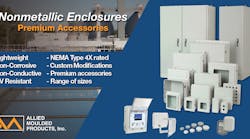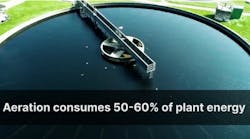For applications from combined sewer overflow monitoring to well drawdown tests, liquid level data loggers have proven themselves valuable tools. In recent years, several low-cost versions have emerged, designed to allow more cost-effective monitoring to take place. However, these devices have had technological limitations that limit their lifespan and increase overall system cost.
Traditionally, internal lithium batteries have powered low-cost level loggers. With this technology, the battery life may be limited to five years, depending upon the logging rate. Once the battery is depleted, most of the devices are rendered ineffective because the battery is not replaceable. Though some may be powered from the surface after the battery has expired, the application versatility is significantly limited. Additionally, older rechargeable battery technologies were not suitable for use in devices that require long term deployment, as older rechargeable batteries self-discharged at a slow rate even when the device is not drawing power.
Fortunately, new technological advances promise to alleviate these shortcomings and make these devices more attractive. Rechargeable technology, known as accumulator power cells, can now be employed to make for a low-cost data logger that also has an indefinite lifespan. The new accumulator power cells do not self-discharge.
The power cell is charged via USB connection during data retrieval at a rate of approximately 100 milliamp-hours. An AC power adaptor is also provided to facilitate faster charging of the power cell at a rate of approximately 800 milliamp-hours. With a fully charged battery, the device can operate up to three years, depending on logging rates.
The DCX-ECO by Keller utilizes accumulator power cell technology to provide a rechargeable autonomous liquid level logger. It is also available in absolute, sealed, and vented versions. The vented gauge format uses a vent tube integral to the signal cable to allow for real-time compensation for changes in atmospheric pressure. This negates the need for a data logging barometer, which is necessary for reporting of accurate data compensated for changes in atmospheric pressure when using an absolute level logger. The sealed and vented versions also allow for communication with the device without removing it from the water.
Contact Us
Keller America Inc.
877.253.5537
www.kelleramerica.com
[email protected]



